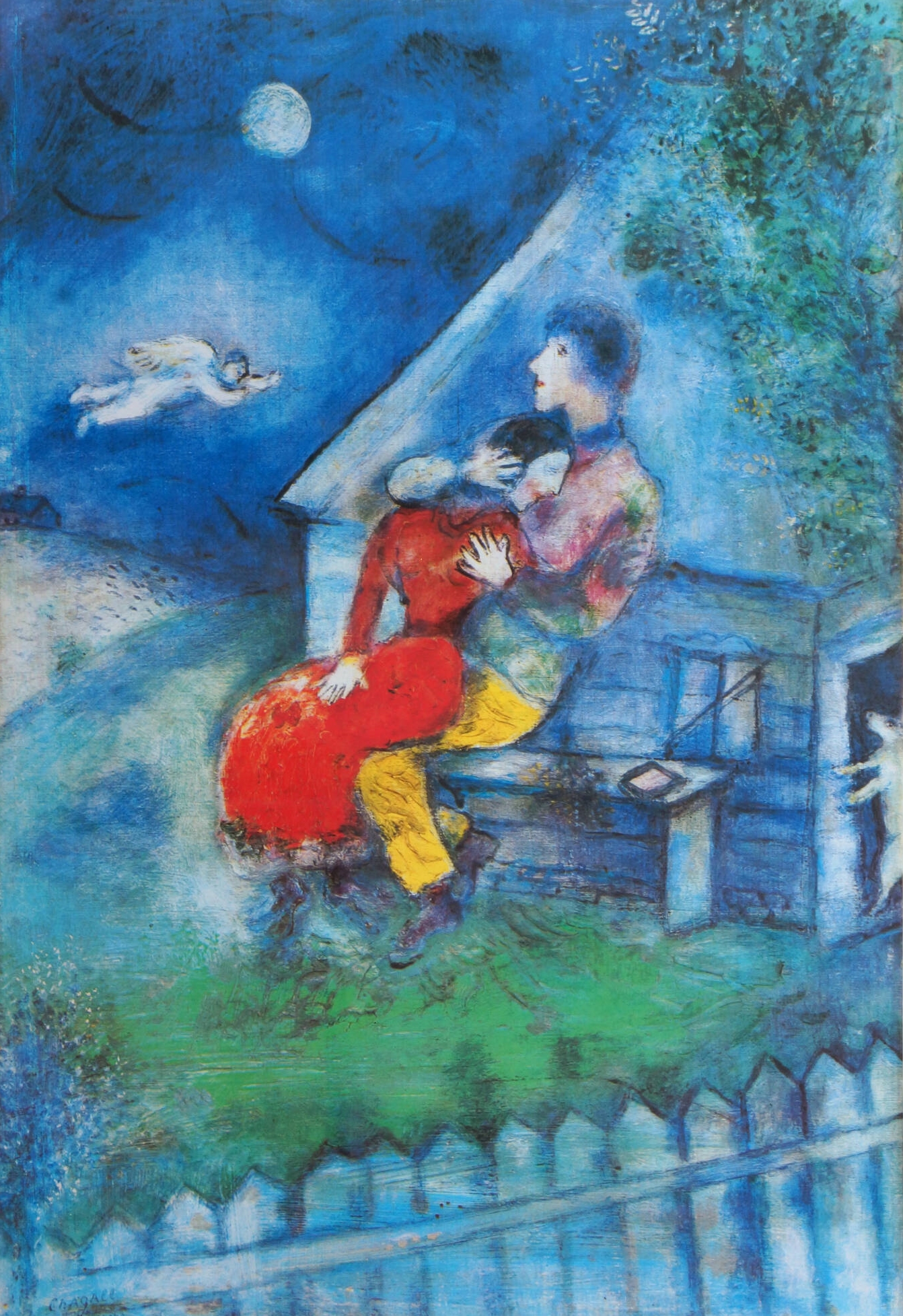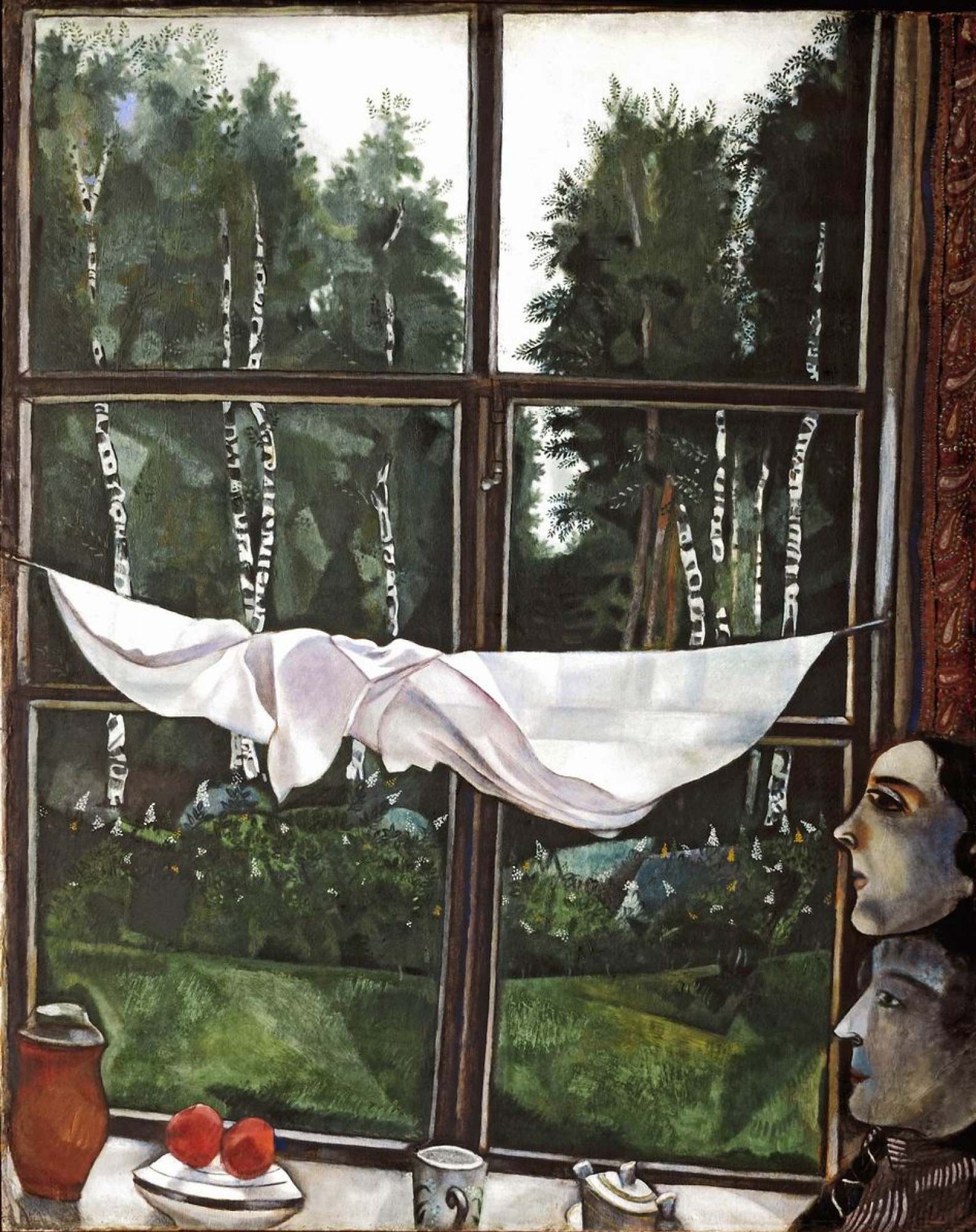Until its appearance on the art market in Paris in 2014, this picture was only known from a black-and-white photograph.
It has been hailed as one of the most significant rediscoveries of a work by Artemisia in recent years.
It depicts Mary Magdalene, a follower of Christ, who withdrew to a life of solitary penitence and prayer following his death.
Here the Magdalene, alone in a cave and bathed in light, is in the throes of an ecstatic vision.
Artemisia paints her in a way that suggests a real, physical presence.
Artemisia Gentileschi | Mary Magdalene in Ecstasy, 1620-25 (detail) | The National Gallery, London







